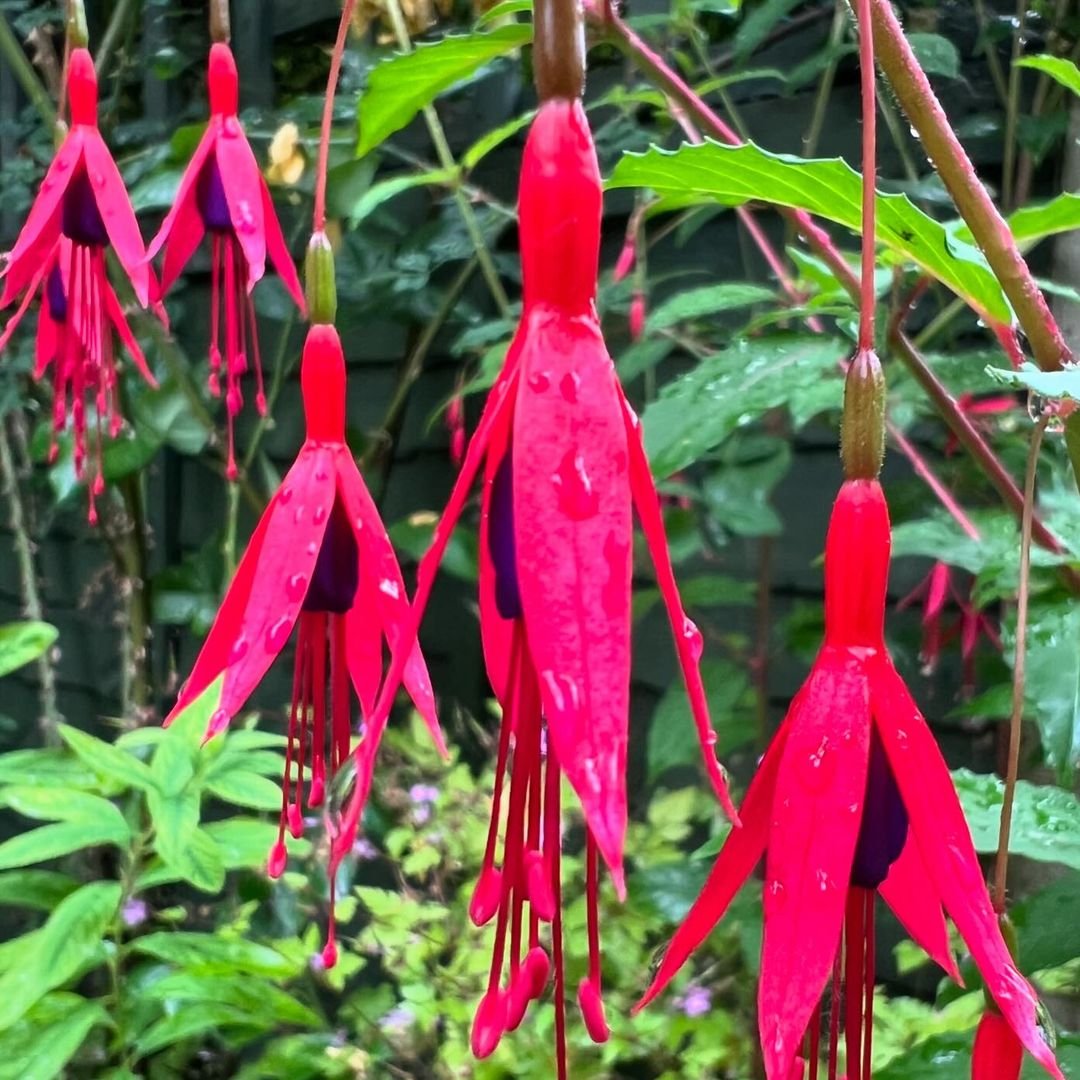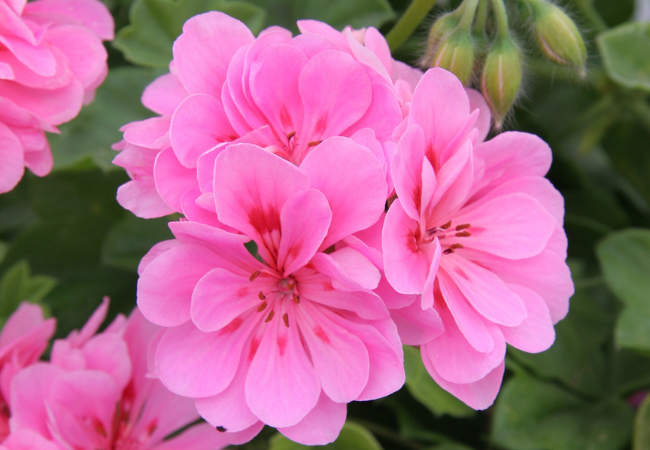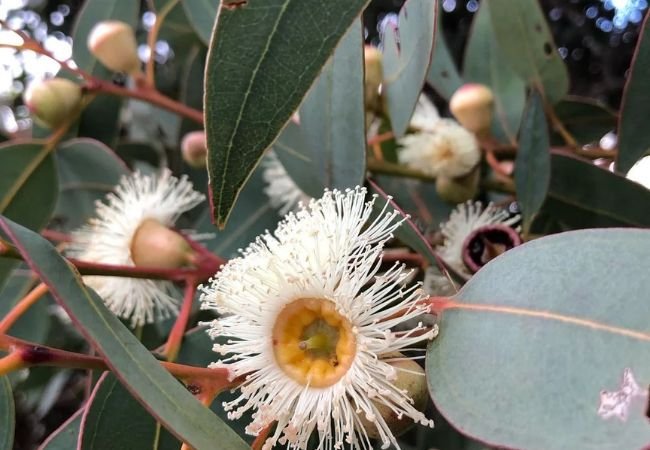Discover the beauty of Fuchsia Flowers. Learn about different types, how to grow and care for these elegant blooms and their benefits for gardens. Perfect for USA gardeners looking to add unique, colorful plants to their landscapes, especially in shaded areas.
Fuchsia are eye-catching flowers that can add a touch of elegance to any garden. Let’s explore these unique blooms and learn how to grow them successfully in your own space.
Here’s an easy and verified information chart for Fuchsias:
| Category | Information |
|---|---|
| Botanical Name | Fuchsia spp. |
| Common Name | Fuchsia |
| Plant Zone | Zones 6-11 |
| Sun Exposure | Part shade to full shade |
| Soil Type | Rich, well-drained soil |
| Watering | Regular; prefers consistently moist soil |
| Growth Habit | Shrubby perennial |
| Height/Spread | 1-6 feet (0.3-1.8 meters) tall, depending on variety; spreads 1-3 feet (0.3-0.9 meters) wide |
| Special Features | Pendulous flowers in various colors (often red, purple, pink); attractive to hummingbirds; suitable for hanging baskets and containers |
What are Fuchsias?

Fuchsias are flowering plants known for their drooping, bell-shaped flowers. They come in many colors and are often grown in hanging baskets or as shrubs. Fuchsias are native to Central and South America but are now popular in gardens worldwide.
Types of Fuchsias
There are many types of fuchsias, including:
- Hardy Fuchsias: Can survive winter in milder climates
- Trailing Fuchsias: Perfect for hanging baskets
- Upright Fuchsias: Grow as bushes or small trees
- Double Fuchsias: Have extra petals for a fuller look
Colors and Shapes
Fuchsia flowers typically have these parts:
- Sepals (outer petals)
- Corolla (inner petals)
- Long, dangling stamens
They come in various color combinations:
- Pink and purple
- Red and white
- Orange and yellow
- And many more!
Growing Fuchsias
To grow fuchsias in your garden:
- Plant in spring after the last frost
- Choose a spot with partial shade
- Use well-draining, rich soil
- Water regularly to keep soil moist
For more detailed planting advice, check out the Cooperative Extension System website.
Caring for Fuchsias
Fuchsias need some special care to thrive:
- Fertilize regularly during the growing season
- Pinch off growing tips to encourage bushier growth
- Protect from extreme heat and cold
- In cold areas, bring potted fuchsias indoors for winter
Uses for Fuchsias
Fuchsias are versatile plants:
- Hanging baskets: Their drooping flowers look great in baskets
- Garden borders: Use as colorful edging plants
- Container gardens: Grow in pots on patios or balconies
- Attracting hummingbirds: Fuchsias are a favorite of these tiny birds
Fuchsias in Gardens
Fuchsias work well in many garden styles:
- Use in shade gardens where other flowers might struggle
- Pair with other shade-loving plants like hostas or impatiens
- Create a tropical look with large-leaved fuchsias
The United States National Arboretum has more ideas for using flowering plants in landscaping.
Things to Watch Out For
While fuchsias are beautiful, keep these points in mind:
- They don’t like extreme heat or cold
- Fuchsias can be prone to pests like aphids and whiteflies
- They need consistent moisture but don’t like soggy soil
Fun Facts about Fuchsias
- Fuchsias are named after German botanist Leonhart Fuchs
- There are over 100 species of fuchsia
- Some fuchsia berries are edible and can be made into jam
Fuchsias and Wildlife
Fuchsias can be great for garden wildlife:
- Hummingbirds love fuchsia flowers
- Bees also visit fuchsias for nectar
For more info on creating wildlife-friendly gardens, visit the National Wildlife Federation website.
Overwintering Fuchsias
In colder areas, you’ll need to protect fuchsias in winter:
- Bring potted plants indoors before first frost
- Cut back hardy fuchsias and mulch heavily
- Keep indoor plants cool and slightly dry until spring
The American Horticultural Society offers more advice on overwintering plants.
Propagating Fuchsias
You can easily grow more fuchsias from cuttings:
- Take 3-4 inch cuttings in spring or summer
- Remove lower leaves and dip in rooting hormone
- Plant in moist potting soil
- Keep warm and humid until roots form
Wrapping Up
Fuchsias are beautiful plants that can bring unique color and shape to your garden. While they need some special care, the stunning flowers are worth the effort. Whether you’re growing them in hanging baskets or as garden shrubs, fuchsias can add a touch of elegance to any outdoor space.
For more gardening tips and plant care guides, visit usagardenhub.com.







2 Comments on “Fuchsia Flowers : Hanging Beauties for Your Garden”